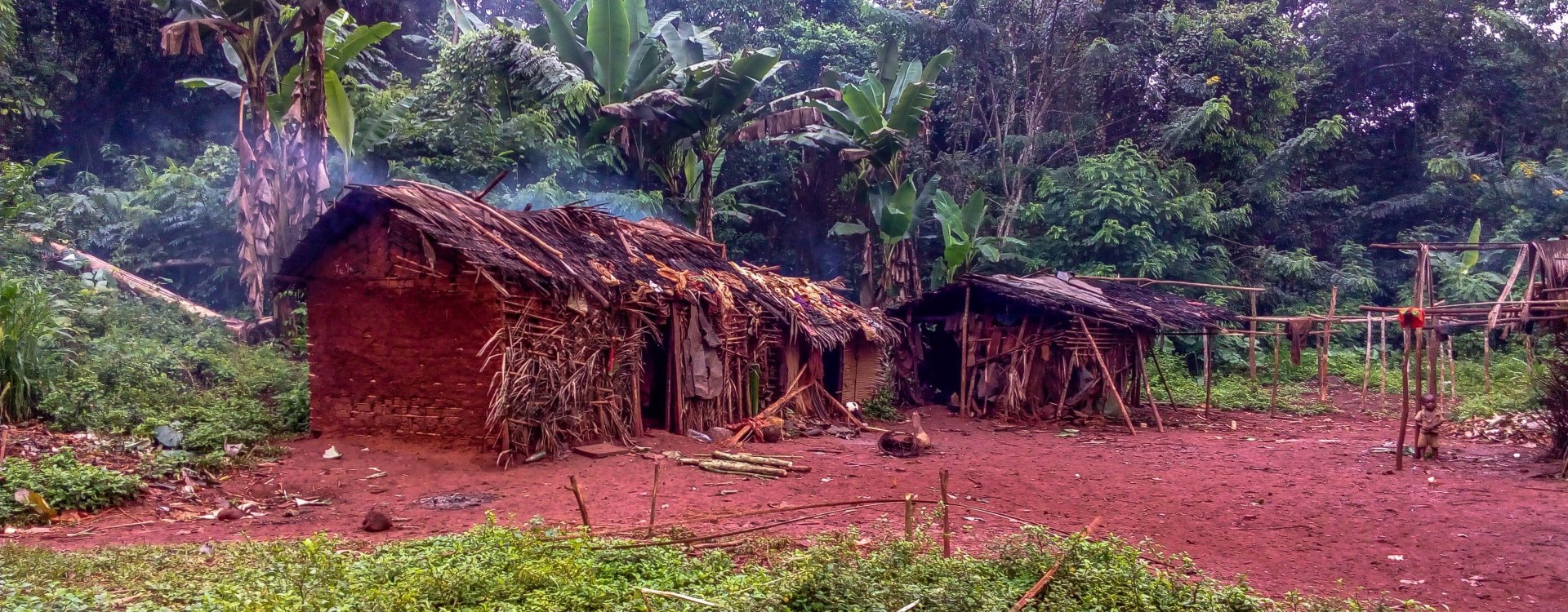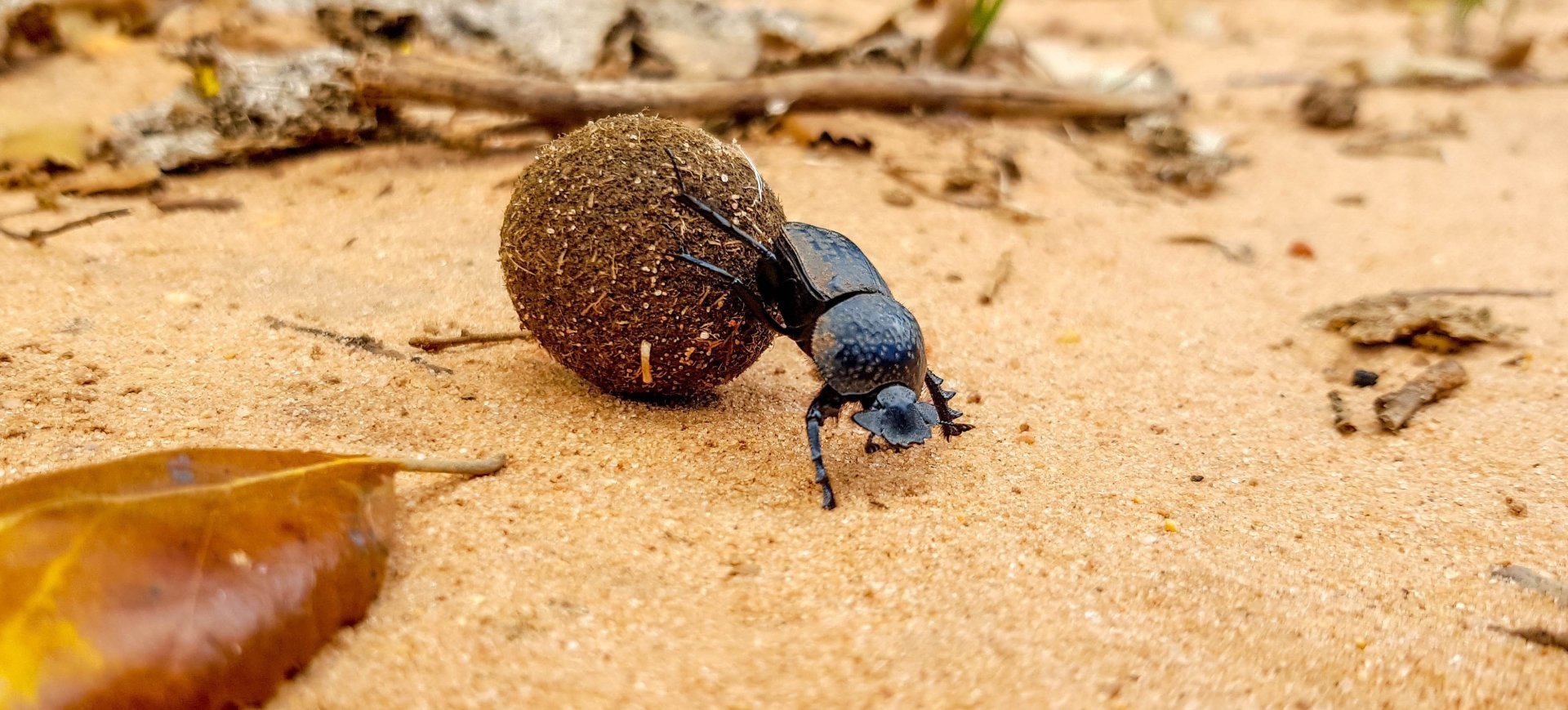







![]() Information: Propomacrus bimucronatus, the Mediterranean long-armed scarab, is a large saproxylic beetle, occurring in the east Mediterranean and south-east Europe, sparse throughout its entire distributional range, often considered as rare, threatened or extinct species. The species was originally described by Pallas in 1781 from Greece as Scarabaeus bimucronatus.
Information: Propomacrus bimucronatus, the Mediterranean long-armed scarab, is a large saproxylic beetle, occurring in the east Mediterranean and south-east Europe, sparse throughout its entire distributional range, often considered as rare, threatened or extinct species. The species was originally described by Pallas in 1781 from Greece as Scarabaeus bimucronatus.
It is clear that the existence of P. bimucronatus depends entirely on the presence of old veteran trees with hollow trunks. Larvae of P. bimucronatus develop in the rotten wood of old mature trees with internal cavities. They had been recorded from Quercus L. , Platanus orientalis L. , Ceratonia siliqua L., Alnus orientalis Decne., Prunus dulcis Batsch and Castanea sativa L.
Nocturnal activity of adults makes it difficult to nearly impossible to find them during day-time. On the other hand, P. bimucronatus are attracted to lights and, therefore, allegedly easier to be collected, but obviously do not meet the expectations. The populations of P. bimucronatus occur mostly in very remote areas, deep in the forests, in the mountains, but sometimes also in city park. The activity of P. bimucronatus corresponds to the warmest and less fruitful season, the late summer in the entire area of occurrenc.
We assume that P. bimucronatus is a semivoltine species, with adults appearing once in 2-3 years more or less simultaneously throughout their distributional range. However, this assumption needs to be proved by more observations in nature and study of additional material in the entomological collections.
Body length: 30 - 45 mm
Peak activity: July - September
![]() Remarks: Adults are occasionally attracted to juicy fruit.
Remarks: Adults are occasionally attracted to juicy fruit.
![]() Distribution: Macedonia, Bulgaria, Greece, Turkey, Syria, Lebanon, Israel, Iran, Iraq
Distribution: Macedonia, Bulgaria, Greece, Turkey, Syria, Lebanon, Israel, Iran, Iraq
Zoogeographic region: Palearctic
![]() Taxonomic classification:
Taxonomic classification:
![]() Material examined (& observation):
Material examined (& observation):
 Greece
Greece